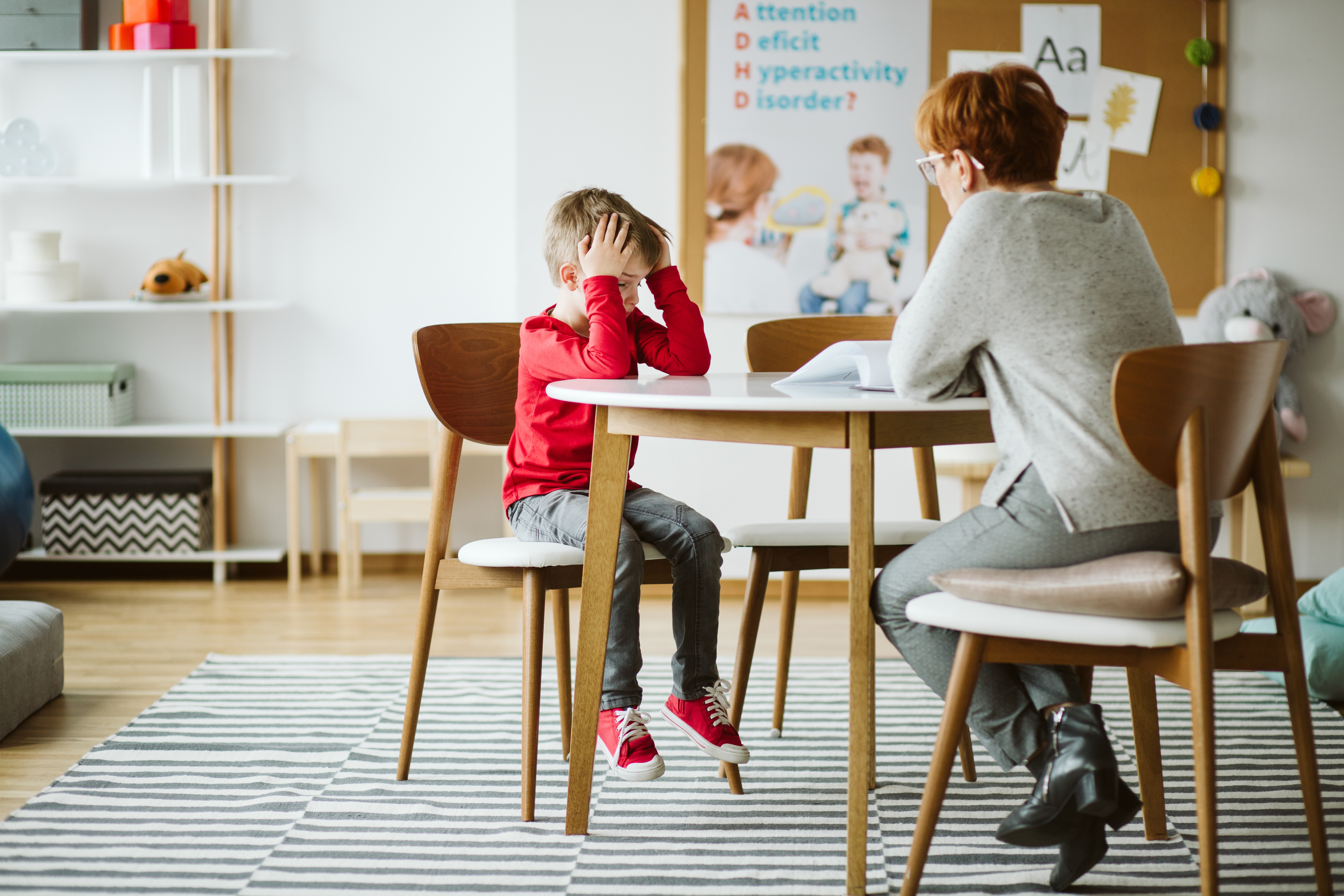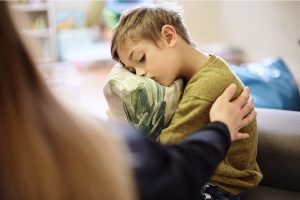How ADHD Can Impact Emotions
Shaquanta “Shelley” Danjoint, M.S.

We are accustomed to looking for the common symptoms of ADHD. In the health care field and the school systems, we commonly look for symptoms that include, fidgeting or restlessness, difficulty managing time, impulsive behavior, difficulty focusing, getting easily distracted, and impatience or seeking immediate gratification. We often forget to consider how emotions differ in kids with ADHD.
Kids with ADHD often experience more intense emotions. Highs tend to be higher and lows, lower compared to the average adult or child. It may be difficult for people without ADHD to understand why criticism affects a child with ADHD more than it would others. A child with ADHD who is dealing with peer conflict and getting in trouble with teachers may experience a bigger impact because of the stronger emotions which can lead to low self-esteem. With this intensity in moods, children are sometimes diagnosed with mood disorders instead of this being a symptom related to ADHD. The difference is that intense moods with ADHD often resolve quickly and are triggered by events rather than the mood occurring randomly for extended periods. Kids with ADHD experience normal moods just with increased intensity.
How can we help?
We help by being cheerleaders and showing unconditional support and love to kids with ADHD. We help by showing them how they can still be successful despite having ADHD. Letting these kids know they don’t have to deal with this alone helps avoid heightened levels of anxiety and low self-esteem.



